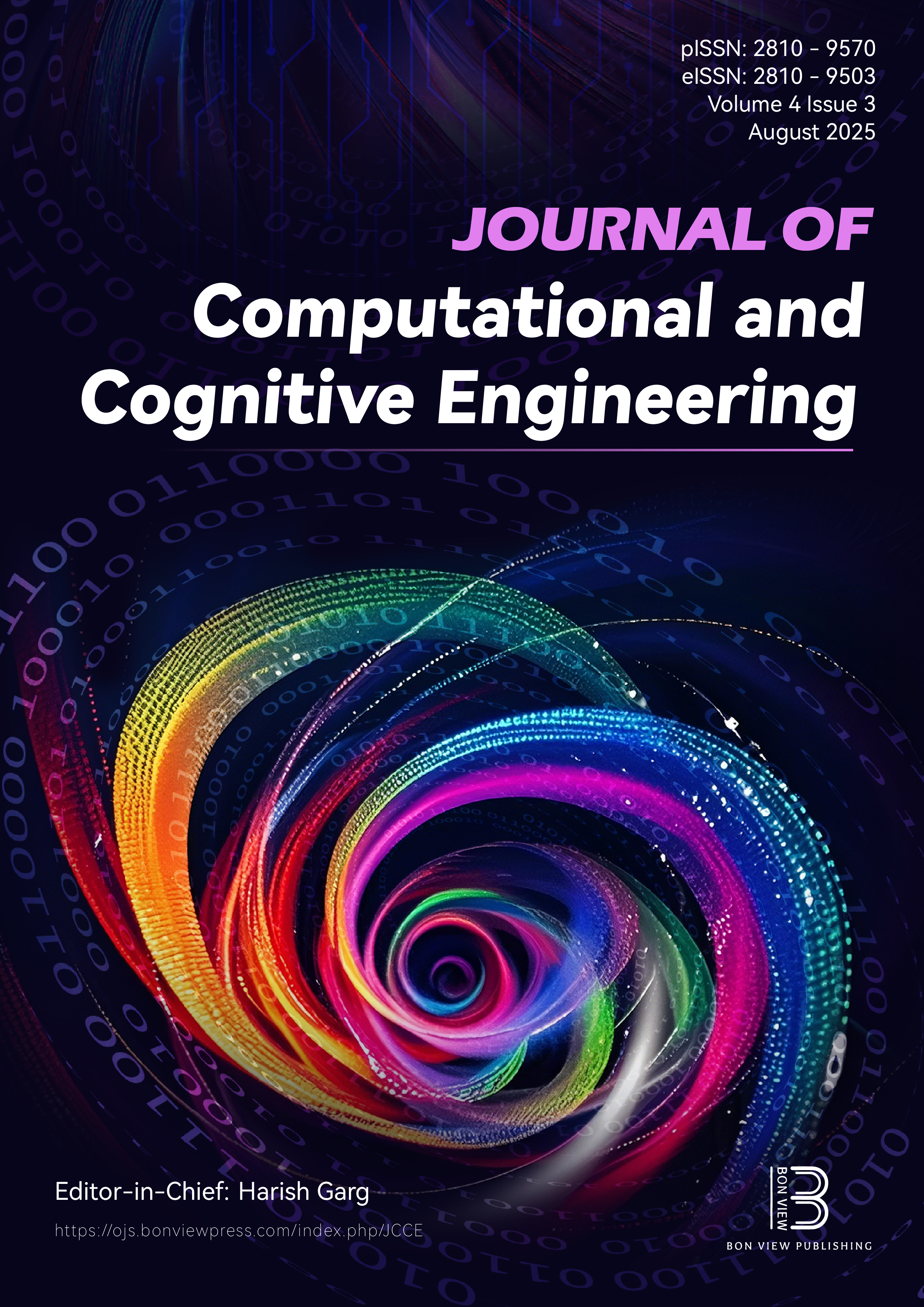VAE-CNN: Deep Learning on Small Sample Dataset Improves Hydrogen Yield Prediction in Co-gasification
DOI:
https://doi.org/10.47852/bonviewJCCE42024395Keywords:
thermochemical conversion, biomass energy conversion, deep learning, adversarial networks, SHAP frameworkAbstract
Renewable and ecologically friendly energy sources have piqued the attention of researchers due to the increasing usage of fossil fuels and the looming problem of global warming. One potential solution that might pave the way for sustainable growth is biohydrogen, which could significantly reduce reliance on fossil fuels. The co-gasification process is garnering attention as a promising method for the production of hydrogen from plastic waste and biomass. In this context, optimizing the process is crucial for improving and predicting biohydrogen production. The recent advancements in deep learning models have opened up promising new possibilities. Training these models with small in situ samples, however, results in poor accuracy. Hence, this research is the first of its kind to explore the possibility of using a variational autoencoder (VAE) to provide high-quality synthetic data and aid the identification of process parameters that can improve hydrogen generation in co-gasification. VAE-augmented training set is utilized to guide one-dimensional convolutional neural network (1D-CNN) to accurately capture the relationship between hydrogen production and the process parameters. The efficiency of VAE and 1D-CNN is verified by comprehensive comparison evaluations with different data augmentation (DA) schemes and regression models. The experimental findings demonstrate that the proposed VAE network significantly improves prediction performance by generating data that is more realistic in comparison to other DA schemes. With the synthetic data from VAE, 1D-CNN was able to optimize the co-gasification process for increased hydrogen production, with a 32% improvement in maximum error and a 7% improvement in root mean squared error.
Received: 21 September 2024 |Revised: 5 November 2024 | Accepted: 21 November 2024
Conflicts of Interest
The authors declare that they have no conflicts of interest in this work.
Data Availability Statement
The data that support the findings of this study are openly available at https://doi.org/10.1002/er.6483, reference number [9].
Author Contribution Statement
Thavavel Vaiyapuri: Conceptualization, Methodology, Formal analysis, Writing – original draft, Supervision, Funding acquisition. Walaa H. Elashmawi: Methodology, Software, Resources, Writing – original draft. Shridevi S: Software, Validation, Formal analysis, Investigation, Resources, Writing – review & editing, Visualization, Project administration. William Asiedu: Validation, Investigation, Writing – review & editing, Visualization, Project administration
Metrics
Downloads
Published
Issue
Section
License
Copyright (c) 2024 Authors

This work is licensed under a Creative Commons Attribution 4.0 International License.
How to Cite
Funding data
-
Deanship of Scientific Research, Prince Sattam bin Abdulaziz University
Grant numbers PSAU-2023-SDG-130






